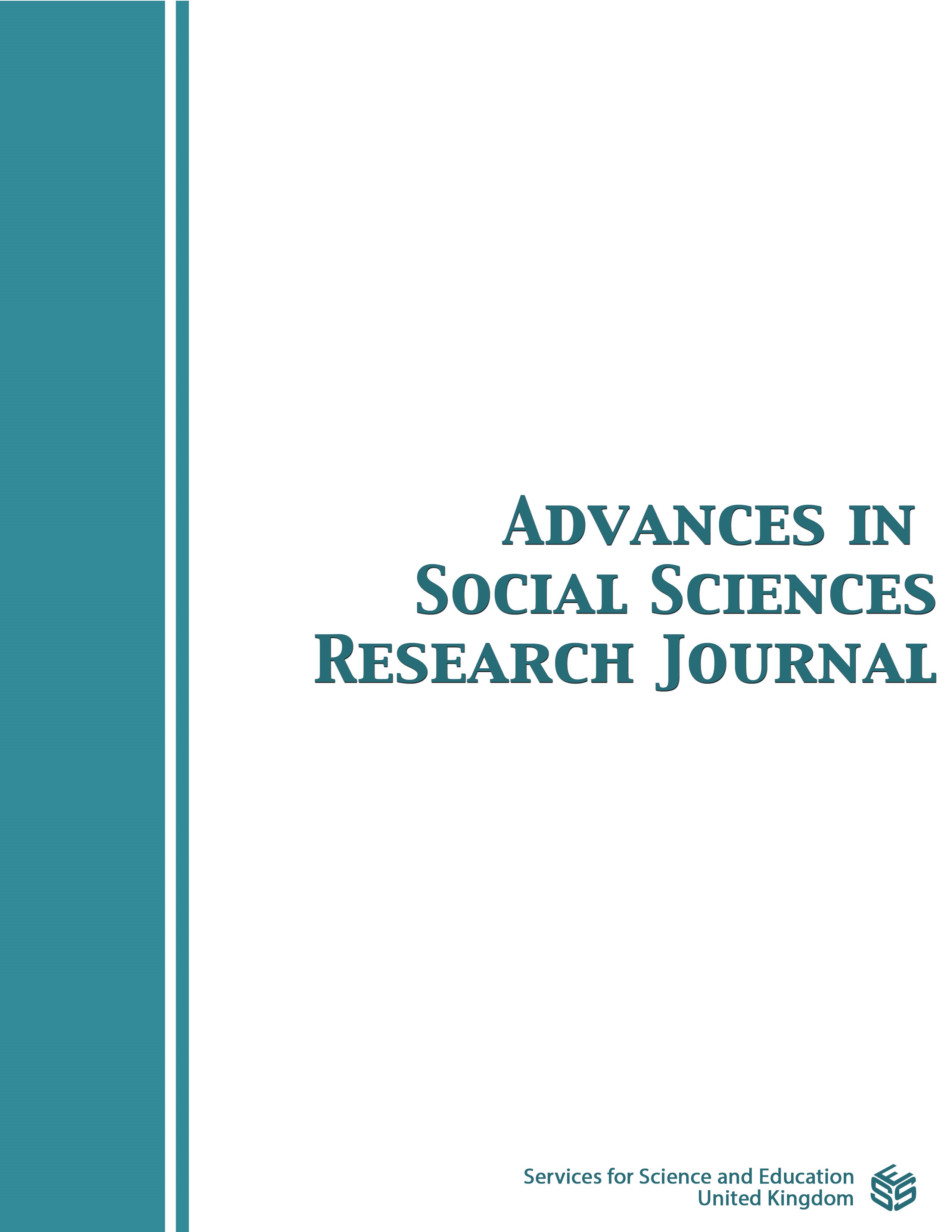Analysis of Economic Development Inequality in Polewali Mandar Regency of West Sulawesi Province Indonesia
DOI:
https://doi.org/10.14738/assrj.92.11813Keywords:
Calcium oxalate; R. Damascena; kidney crystal deposit; ethanol extract.Abstract
This study aims to analyze the imbalance of economic development and the relation of factors influencing the level of economic development in Polewali Mandar Regency. This study uses data panels from 2015 to 2019 with the least squares panel method (PLS) and using software eviews 9 for data processing.
This study uses the Williamson Index and Gini ratio as a dependent variable in describing the condition of economic development inequality that occurred in Polewali Mandar Regency. Then the variables of infrastructure, investment, labor force, DAU (general allocation of funds) and DAK (special allocation of funds) as independent variables.
The results stated that the average value of Economic Development inequality based on Williamsons index in the period of 2010-2019 by 0.11. While the infrastructure variables have a negative and significant effect on the imbalance of economic development on the value of 5% with the value of 0.0273 profitability. DAU also has a negative but not significant impact on development imbalance in Polewali Mandar Regency with profitability value of 0.4287. Investment variables, DAK and labor force (labor force participation rate) have a positive effect on variables of economic development inequality in Polewali Mandar regency. We found that infrastructure and DAU should be improved by the central gogernment, because these variables can reduce the level of income inequality and economic development in Polewali Mandar Regencys.
Downloads
Published
How to Cite
Issue
Section
License
Copyright (c) 2022 Anwar Ramli

This work is licensed under a Creative Commons Attribution 4.0 International License.
Authors wishing to include figures, tables, or text passages that have already been published elsewhere are required to obtain permission from the copyright owner(s) for both the print and online format and to include evidence that such permission has been granted when submitting their papers. Any material received without such evidence will be assumed to originate from the authors.






